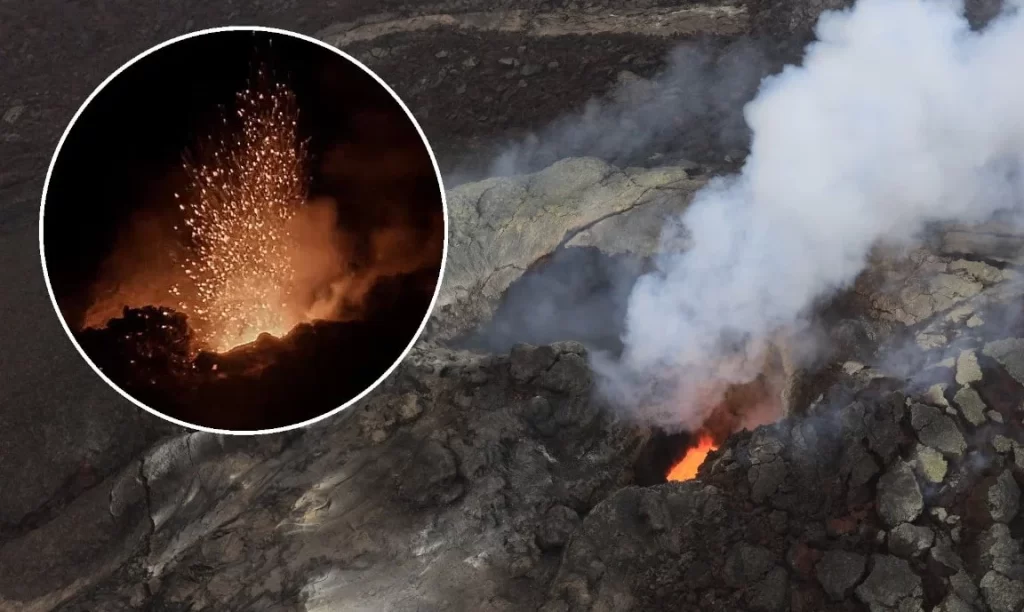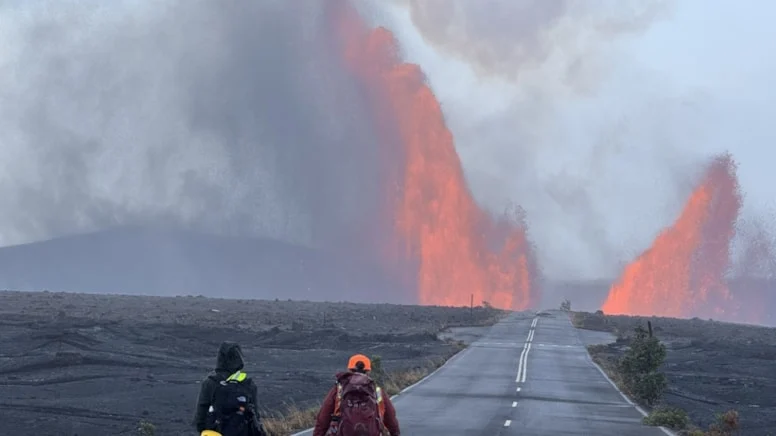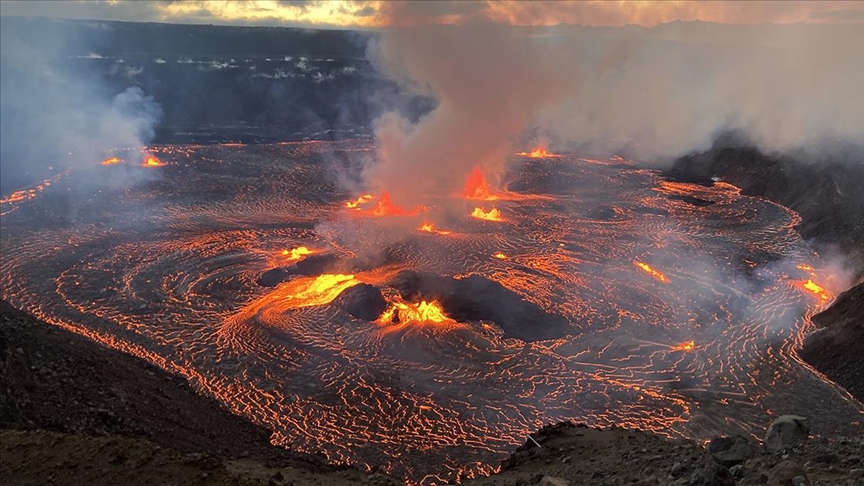Seismic Activity Peaks: Lava Flows Begin Following Earthquakes At Kīlauea Volcano

Pre-Episode 37 Activity: Nearly 30 Overflow Events Detected; Experts Assess Possibility Of Delay In High-Eruption Timeline
HILO, Hawaii / USA – The marked increase in seismic activity recorded around the Kīlauea Volcano in recent days has once again focused experts’ attention on the region. Following a succession of small-to-moderate earthquakes, magma near the summit is reported to be mobilizing again. This activity is considered a precursor to a new high-eruption phase, dubbed “Episode 37.”

📝 Magma Dynamics And Overflows
According to the U.S. Geological Survey (USGS) statement, the Kilauea Volcano Lava Flow continues at the summit.
- Irregular Cycles: On Friday, lava overflows were observed “in irregular cycles during the afternoon and evening” between the north and south vents within the caldera. Experts note that despite these irregular flows, the magma remains at a rising level.
- High Fountain: Overflows, which began just after 9:30 AM yesterday morning and continued intermittently through the night, have intensified. Nearly 30 overflow events have been detected so far. Two-thirds of these overflows originated from the south vent, and one-third from the north vent. During one overflow event around 1:30 AM, a dome fountain measuring 5–10 meters in height formed, which was recorded along with a brief increase in seismic activity.

⚠️ FEDERAL SHUTDOWN AND ERUPTION DELAY
This eruption period will be the first major episode to occur after the federal government reopened following its 43-day shutdown.
- Uninterrupted Monitoring: The USGS stated that while the shutdown was in effect, it “never stopped monitoring volcanic activity and issuing warnings.” However, with the government reopened, the agency began publishing new images and time-lapse videos taken from restricted areas of the National Park.
- Timeline Change: Officials detected a slowing trend in the swelling (inflation) of the area. The USGS had previously reported that Episode 37 was highly likely to begin “between today and November 24th.” Therefore, this deceleration in swelling suggests a potential delay in the onset of the high-eruption phase.

🧪 TECHNICAL DATA AND RISING MAGMA
Geophysical data clearly indicates that the underlying pressure continues.
- Proximity to Surface: The swelling movement at the summit continues at a slow rate. Total swelling since November 9th shows an increase of 20.6 microradians. These values signal that the magma is still maintaining a position close to the surface and accumulating significant pressure.
- Gas Emissions: Gas plumes rising from both vents are visible to the naked eye. Sulfur dioxide (SO₂) emissions are typically ranging between 1,200–1,500 tons per day. Authorities note that these levels are considered typical of a “pre-eruptive” period.
The continued Kilauea Volcano Lava Flow ensures that the volcano monitoring teams in Hawaii remain on maximum alert.






